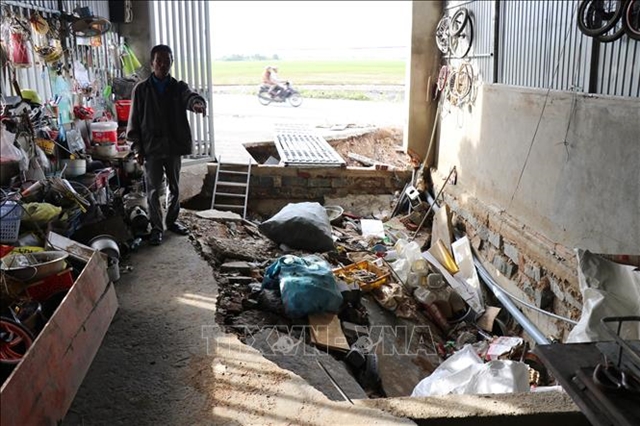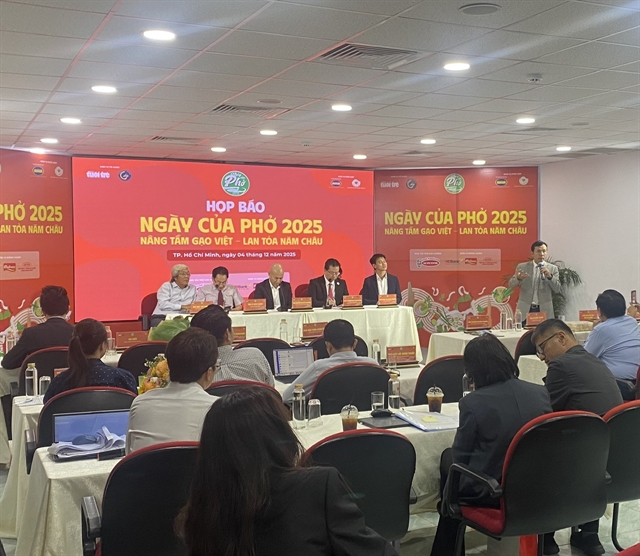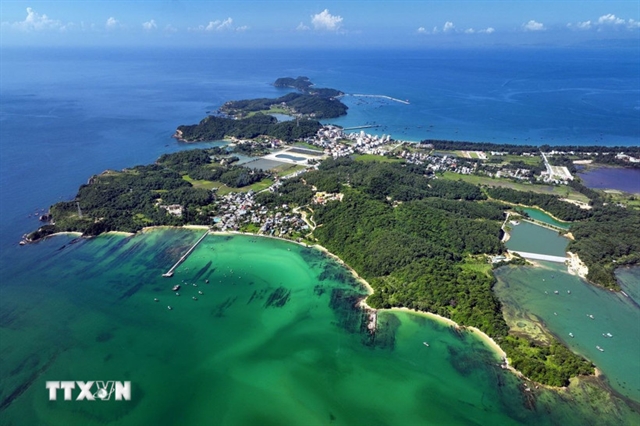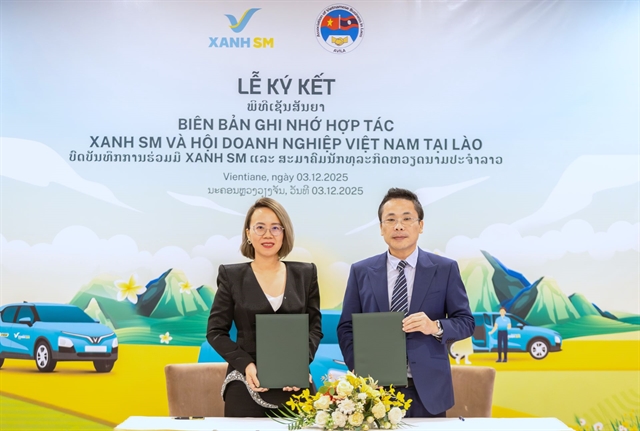 Society
Society


|
| The Tháp Chàm Water Supply Plant in Ninh Thuận Province. — VNA/VNS Photo Công Thử |
NINH THUẬN — The Đa Nhim Hydropower Plant in Lâm Đồng Province is discharging more water, at a rate of more than 15 metres per second, to address water shortages for farming and business production in Phan Rang-Tháp Chàm City and Ninh Hải District in Ninh Thuận Province.
Thanks to water from the Đa Nhim plant, the amount of seaweed and algae in water in the lower section of Lâm Cấm Dam, where raw water is collected, has reduced. The Tháp Chàm Water Supply Plant in Ninh Thuận Province now has enough raw water to treat and supply for people’s daily use.
The decision to discharge more water was made after a meeting of Lưu Xuân Vĩnh, chairman of Ninh Thuận Province's People’s Committee, and the leaders of the Đa Nhim – Hàm Thuận – Đa Mi Hydro Power Joint Stock Company in Lâm Đồng Province.
Because of prolonged drought for weeks, the volume of water in many reservoirs in the south-central province of Ninh Thuận was running low.
More than 82,000 households in Phan Rang-Tháp Chàm City and districts of Ninh Phước, Ninh Hải, Thuận Nam and Ninh Sơn use water from the Tháp Chàm Water Plant, which has a capacity of more than 70,000cu.m per day. The plant treats raw water from the Cái-Phan Rang River.
Water output from the Đa Nhim Hydropower Plant has been low, about 8cu.m per second, which is insufficient for both energy production and Tháp Chàm Water Supply Plant's production of water for daily use.
Đinh Viết Sơn, deputy head of the Ninh Thuận Water Supply Joint Stock Company, said the water levels of Cái-Phan Rang River for collection purposes was only 1.47m. The raw water from the river has a lot of seaweed, Sơn said, adding that the company was applying technical methods to get rid of it.
The company will also seek solutions to ensure water quality for households and busineses in the future. — VNS




